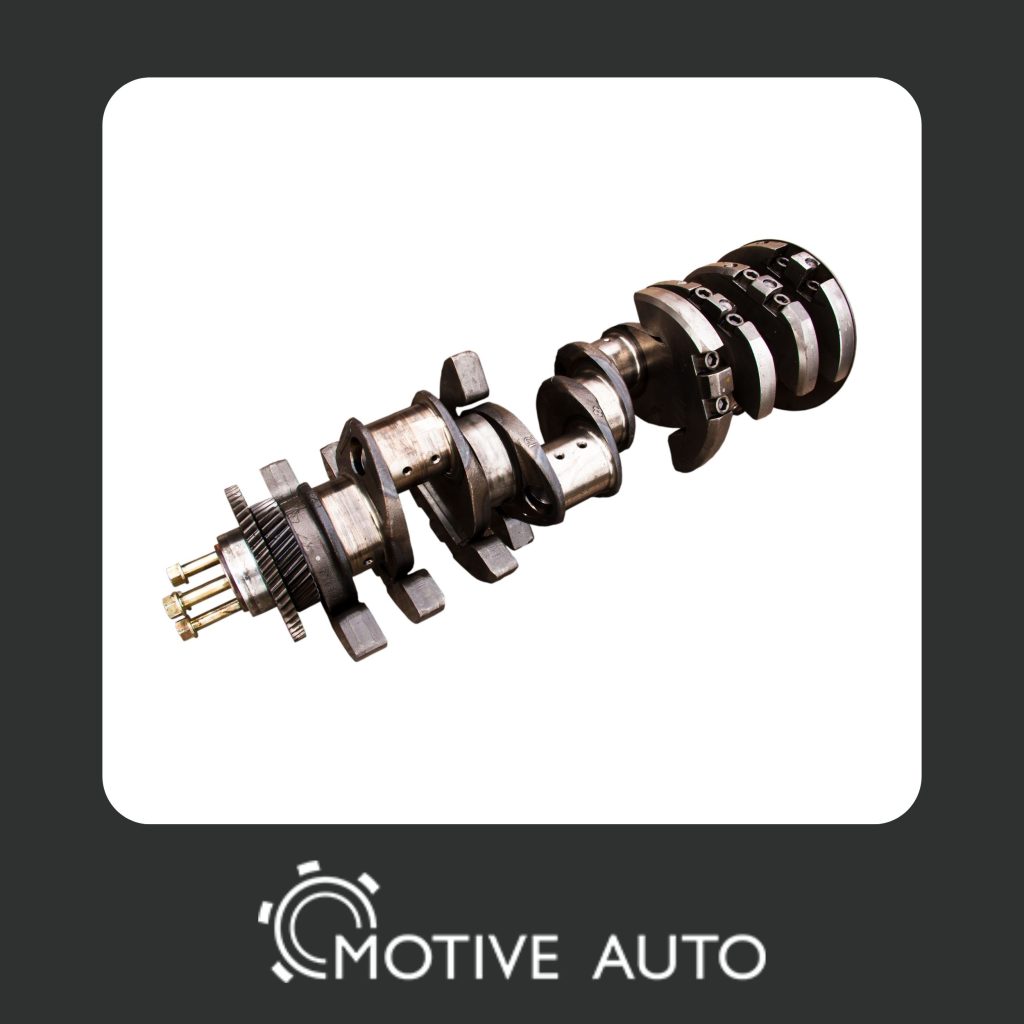
OM314
Crankshafts are used in a variety of applications where rotary motion needs to be generated from linear motion. The primary and most common application of crankshafts is in internal combustion engines, both gasoline and diesel. In these engines, the crankshaft is a vital component that converts the reciprocating motion of the pistons into rotational motion.
Apart from automotive engines, crankshafts are also used in various other mechanical systems that require rotary motion. Some examples include:
- Reciprocating Compressors: Crankshafts are used in reciprocating compressors to convert the linear motion of the piston into rotary motion, which is then used to compress gases.
- Steam Engines: Traditional steam engines utilize a crankshaft to convert the linear motion of the steam piston into rotary motion, driving the wheels or other mechanical devices.
- Pumps: Crankshafts can be found in certain types of pumps, where they convert the reciprocating motion of a plunger or piston into rotary motion, creating the necessary pumping action.
- Reciprocating Saw: Crankshafts are used in reciprocating saws, commonly known as “sabre saws” or “jig saws,” to convert the back-and-forth motion of the saw blade into a rotary motion that drives the cutting action.
- Mechanical Presses: Crankshafts are employed in mechanical presses to convert the linear motion of the press ram into rotary motion, facilitating operations such as punching, stamping, and forming.
These are just a few examples of where crankshafts are used. The versatility of crankshafts lies in their ability to convert linear motion into rotary motion, making them a crucial component in many mechanical systems.
